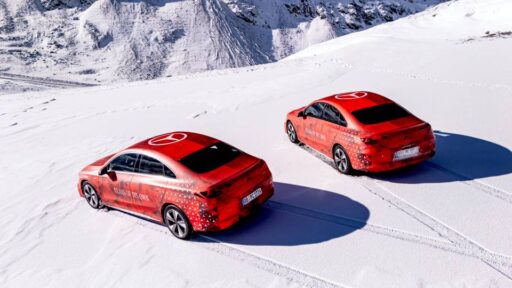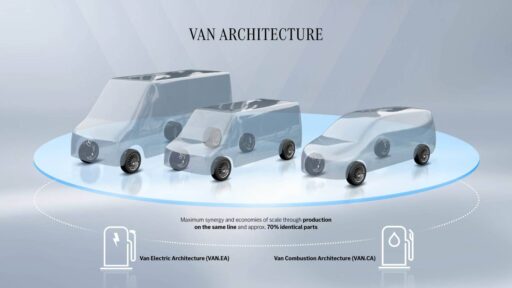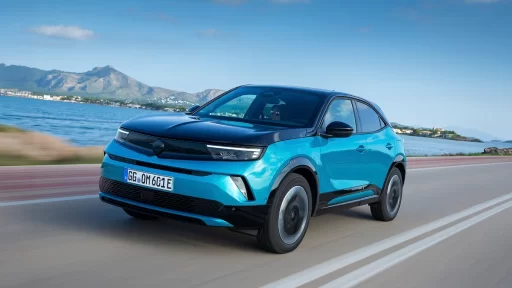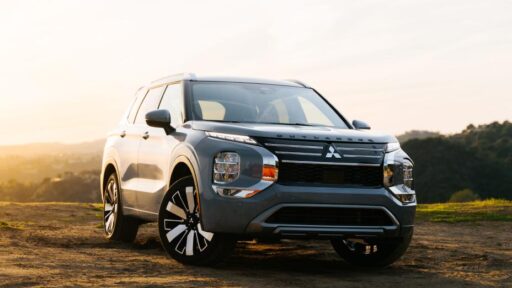Mercedes-Benz is gearing up for its most ambitious product and tech launch campaign yet, rolling out numerous new or refreshed models by 2027. The brand is also introducing a unified, high-status design language across its lineup.
A key component of this strategy is the Mercedes-Benz Operating System (MB.OS), which enhances infotainment, automated driving, and vehicle connectivity.
The company is prioritizing modular electric drive units and scalable battery technology for improved performance and cost efficiency. Alongside this, the “Next Level Performance” initiative aims to boost Mercedes-Benz’s competitiveness and resilience.
READ MORE: Gordon Ramsay delights young fan by letting him take wheel of £4m Ferrari
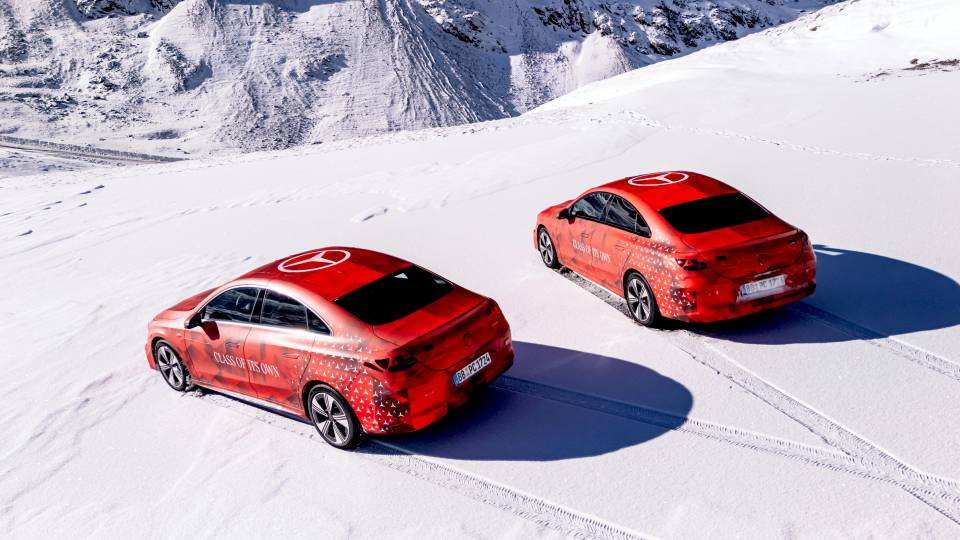
The product rollout begins with the new CLA, available in both electric and high-tech internal combustion engine (ICE) variants, reflecting the brand’s commitment to drivetrain flexibility.
Future models will retain nearly identical designs, whether electric or combustion-powered, ensuring best-in-class space, elegance, and efficiency. Mercedes-AMG is expanding its lineup, including a new electrified V8 and dedicated high-performance EVs. The G-Class family will also grow with a smaller model.
The brand is reinforcing its foothold in the luxury segment, expanding its Top-End Vehicles (TEV) category, including Maybach, AMG, and G-Class. A major update to the S-Class is planned for 2026, along with several Mercedes-AMG launches.
Additionally, Mercedes-Benz is introducing fully electric versions of the GLC and C-Class to strengthen its core segment. The company targets an xEV share exceeding 30% by 2027, adjusting its approach based on market demand and infrastructure developments.
MB.OS will be standard in all new models, offering AI-enhanced features, region-specific navigation, and a high-performance software architecture. Advanced battery technology will drive cost efficiency, with the next-gen CLA’s battery costs reduced by 30% compared to its predecessor. The Electric Drive Unit 2.0 will support both two- and four-wheel drive configurations across segments.
China remains a priority market, with Mercedes-Benz leading the premium segment and expanding its local R&D efforts. Seven China-specific models are planned, featuring localized tech and infotainment solutions. The company is also optimizing its Chinese supply chain to reduce costs.
To enhance efficiency, Mercedes-Benz is cutting production costs by 10% by 2027 and streamlining its global manufacturing footprint, including localizing production in key markets.
Digitalization and AI will play a crucial role in optimizing operations, enabling flexible production adjustments. Cost-cutting measures extend to material procurement and fixed expenses, with a goal of reducing fixed costs by another 10% over the next three years.
Despite economic challenges, Mercedes-Benz remains focused on long-term profitability, leveraging advanced technology, modular vehicle platforms, and a strong product lineup to secure its position as a leader in luxury mobility.
READ MORE: The Last W16 Milestone: First Bugatti W16 Mistral Leaves the Atelier
Subscribe today for the freshest car news delivered to your inbox
